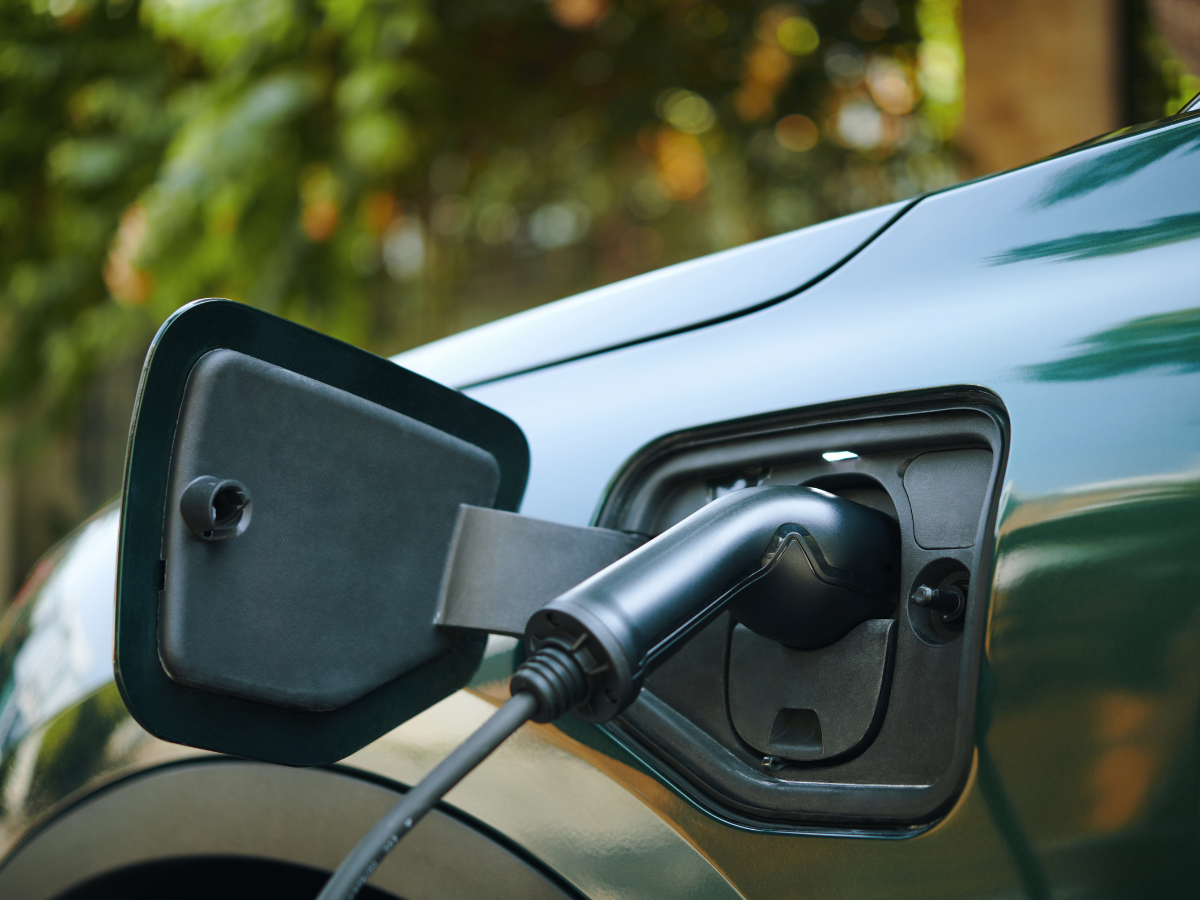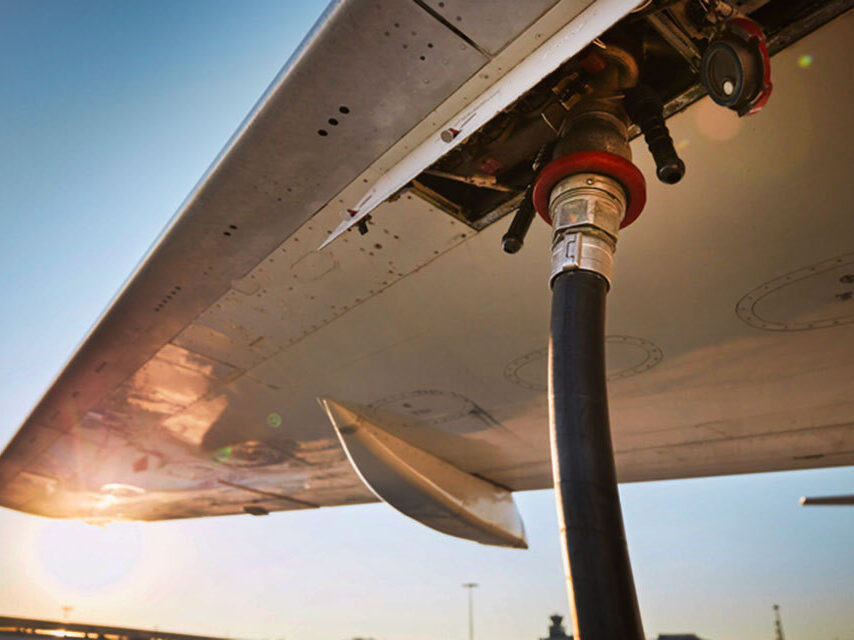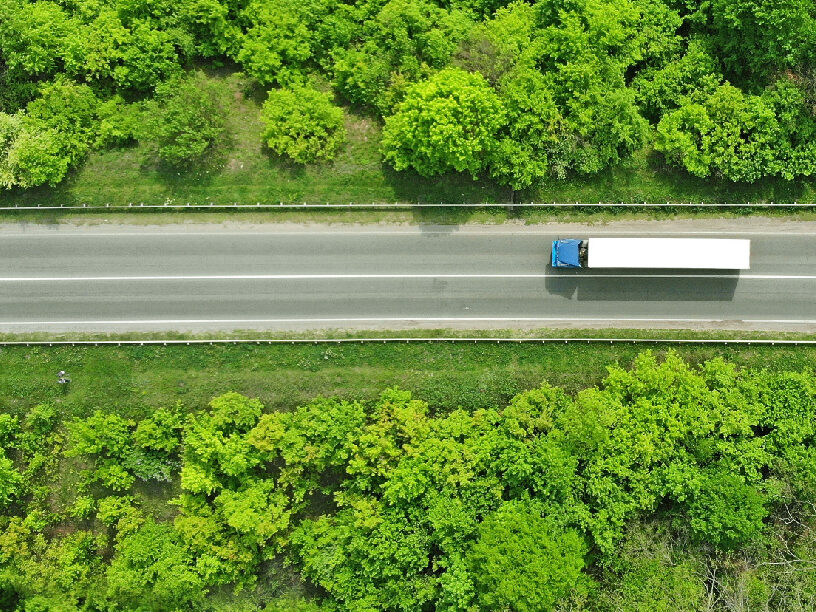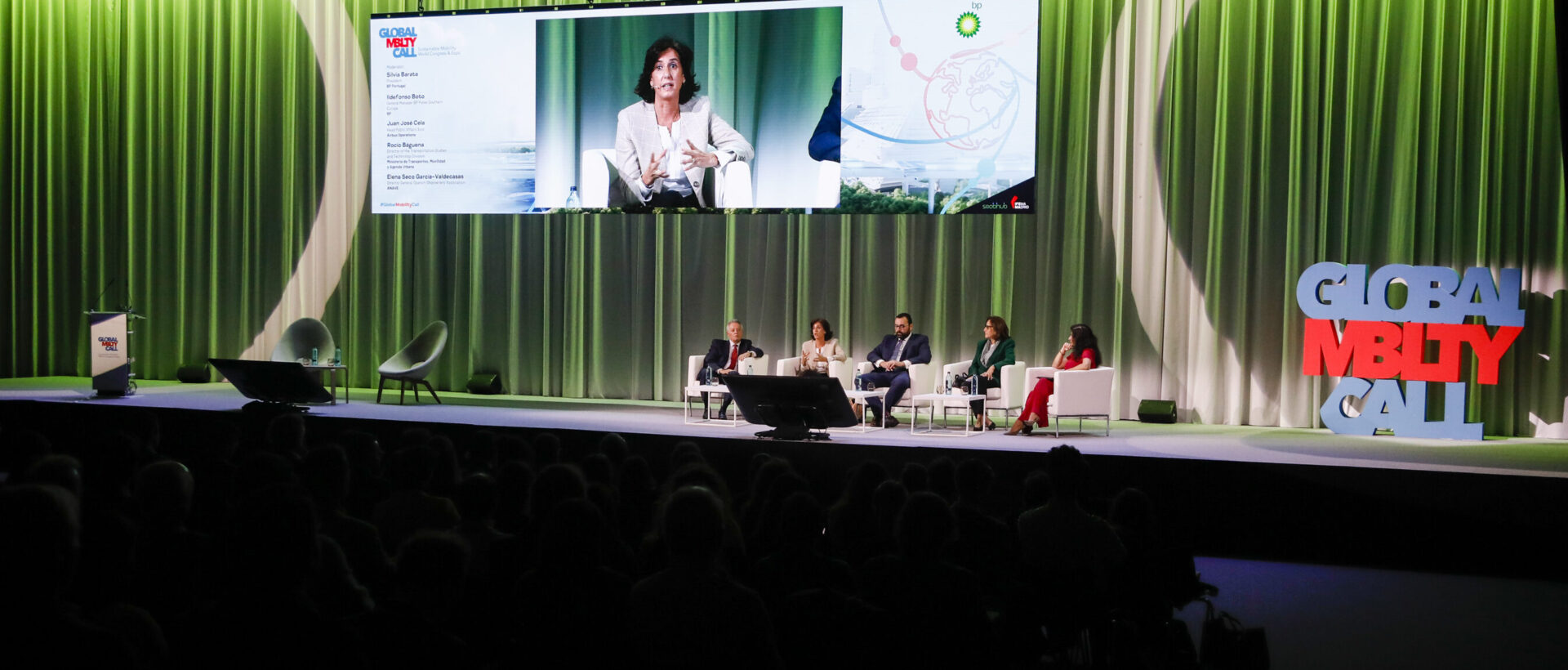As stated by José Luis Meler, Air Navigation Services Director at ENAIRE, if there is a transport sector that can achieve net zero, it’s aviation.
Aviation accounts for approximately 2 to 3% of global carbon emissions. As a sector, it is a leader of technological innovation, is committed on a global scale to reaching net zero by 2050 and is widely funded by national governments. In August 2024, the Biden-Harris Administration announced 291 million USD in grants to decarbonise US air travel and in November 2024, the UK Secretary of State for Transport launched a revamped ‘Jet Zero Taskforce’ with plans to tackle UK aviation emissions.
Many aviation operators and institutions have short, medium and long-term goals for net zero, which are often determined by initiatives such as the Science Based Targets Initiative (SBTI). This initiative lays out guidance, standards and tools for setting decarbonisation targets.

During a panel discussion at Global Mobility Call (GMC) 2024 on renewable energy, Gema Maria Plaza, Environmental Officer at Airbus Operations, noted that Airbus has worked with SBTI to set emissions reduction goals at Scope 1 and Scope 2. This refers to emissions directly owned by the company and emissions caused indirectly by the company, respectively. Plaza emphasised that Airbus is committed to up to 63% reduction in Scope 1 and Scope 2 carbon emissions by 2030.
In a later panel discussion on sustainable aviation, Franc Sanmarti, Sustainability Director at Vueling Airlines, highlighted that Vueling’s parent company IAG Group was the first airline group in the world to commit to net zero. IAG works towards net zero by addressing three pathways: fuel, the aircraft itself and operations.
Sustainable Fuel
Sustainable Aviation Fuel (SAF) is widely considered by experts, including Franc Sanmarti, to be the most viable solution for the decarbonisation of air travel. The optimised generation of and consumption of fuel can lower carbon emissions and save money.
These fuels are generated from renewable sources such as biomass and urban waste. Margarita de Gregorio, President of the Alliance for Sustainable Air Transport (AST), claimed that 70% of Spain’s daily waste is organic – ideal for SAF. An ongoing project for AST is the self-sufficient production of aviation fuel in Spain and this concept of energy autonomy was a key topic at this year’s GMC.
Margarita de Gregorio said:Where savings can be made (in manufacturing) is by replacing fossil fuel with fuel from renewable sources.
de Gregorio noted that a significant benefit of SAF is immediate use. Contemporary aircraft engines do not need to be modified before using alternative fuels, which saves fleet manufacturing costs in the long-run.
However, SAF is often 3 to 5 times more expensive to produce and distribute than conventional fuels, which can affect airline ticket prices and, as a result, passenger demand. Gema Maria Plaza discussed how sustainable fuel requires regulatory frameworks by providers of the raw materials to ensure that market value and price are stable. This was reflected in Franc Sanmarti’s comments; he stressed that organisations must scale-up technology and invest in new products to grow the SAF industry and progress further towards net zero.
Efficient Aircraft
At an industrial scale, decarbonisation efforts can be applied to product manufacturing, including the aircraft itself and onboard installations. Sanmarti noted that new-generation aircraft such as the Airbus 320 jet have more efficient engines and dynamic improvements in weight reduction. For example, digital tablets have replaced paper documentation and manuals onboard, which in some instances could reach up to 70kg of additional weight.
Current and future aircraft fleets can have a significant impact on carbon emissions and this has proven to be an ongoing technical challenge for the industry. To tackle this, the sector is continuing to focus on developing hydrogen, electric and hybrid-electric commercial aircraft. In 2024, Ecojet procured hydrogen-electric engines from ZeroAvia as part of its mission to become the first fully-electric commercial carrier.
Operational Efficiency
Estíbaliz Salazar, Head of Sustainability and Institutional Relations Division at ENAIRE, Spain’s main provider of air navigation services, explained how the company intends to improve its environmental efficiency and energy performance via operations.
Since 2015, ENAIRE’s electricity consumption has been regulated by renewable energy certificates. The company’s projects include wind turbines in the Canary Islands, electrification of vehicle fleets and the ongoing replacement of light bulbs with LED.
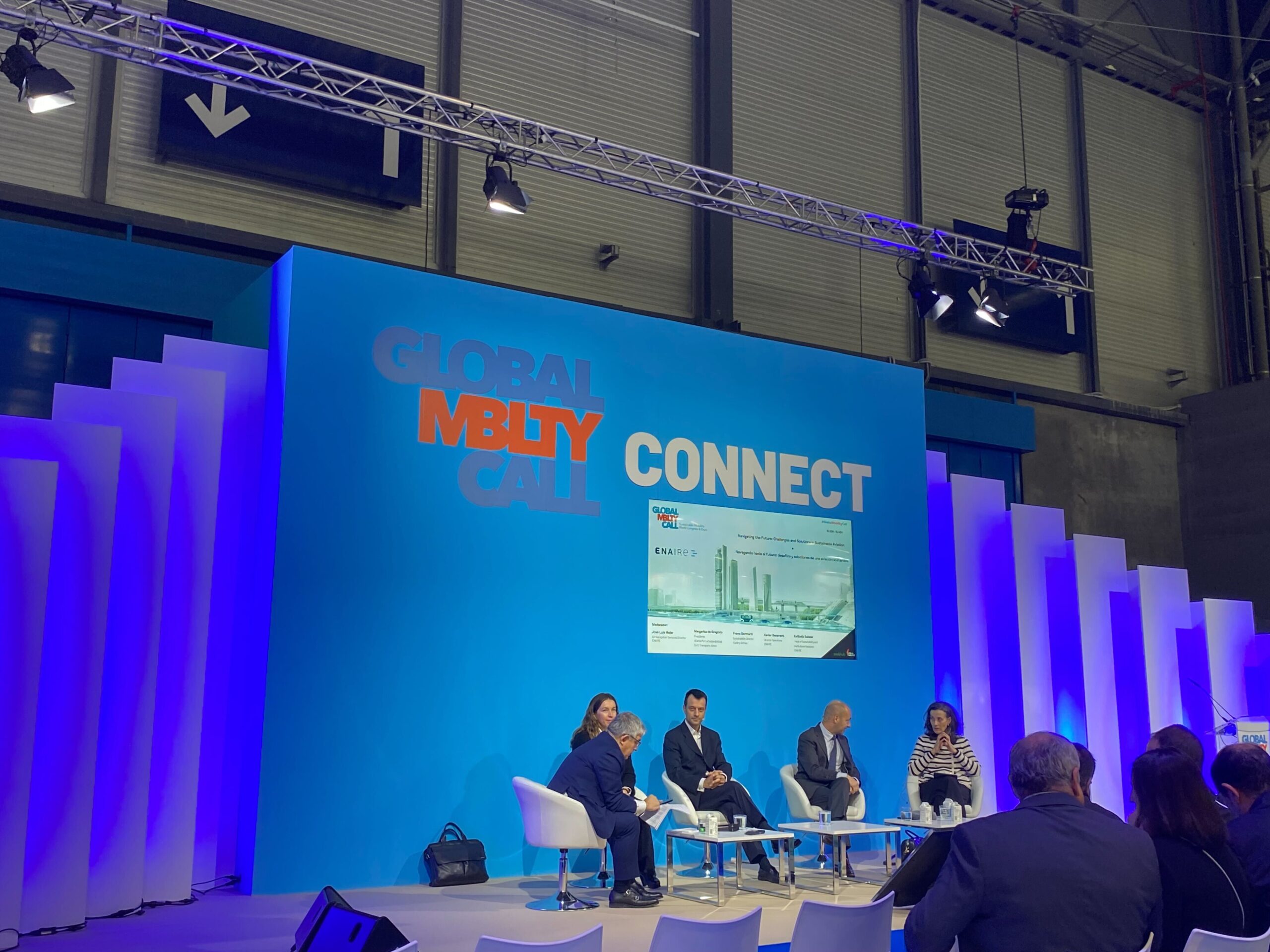
Furthermore, flight routes are considered as a means of operational efficiency. Shorter flights emit less carbon emissions than long-haul flights or inefficient routes and Salazar highlighted how ENAIRE has made progress in this area. A joint task force between ENAIRE and Vueling Airlines was established in 2021 to find optimum trajectories for commercial flights and avoid unnecessary pathways or ‘zigzag’ patterns in the air. Optimising flight routes, take-off, landing and cruising altitude are all ways in which operators can reduce energy consumption and carbon emissions.
In the last 3 years, ENAIRE has worked with airlines to reduce 8 million kilometres of flight distance, which translates to 200 trips around the globe. This has meant a decrease in usage of 50,000 tons of aviation fuel – 160,000 tons less of carbon emissions. Over 5 million trees would be needed to absorb this level of CO2 – 355 times more than the number of trees in Madrid’s Parque del Retiro.
Xavier Benavent, Director of Operations at ENAIRE, added to the discussion that similar administrations must take into account other areas of the aviation sector when considering efficiency across the board, not only commercial. This includes urban air mobility, drones and military and defence, which requires areas of restricted airspace.
Collaborative Effort
This consideration of other areas of the aviation sector was heavily emphasised by panellists across multiple roundtables at GMC 2024. Gema Maria Plaza at Airbus Operations noted that aviation must have harmony between public and private institutions in order to reach Scope 1, Scope 2 and Scope 3 emissions targets.
ENAIRE is currently calculating its carbon footprint from 2023 and hopes for a Scope 3 emissions reduction in the near future; this refers to emissions at all levels of the value and supply chain, whether directly owned by the company or not.
Xavier Benavent said:Air traffic is growing and there is a challenge to reduce the footprint.
Despite the high carbon emissions of air transport, as well as increasing demand from passengers, the aviation sector shows determination to comprehensively decrease its environmental impact. This is reflected by innovation; Global Mobility Call’s expert speakers were in agreement that decarbonisation pathways such as sustainable aviation fuel, aircraft improvement and operational efficiency are essential for the ongoing journey to net zero.



